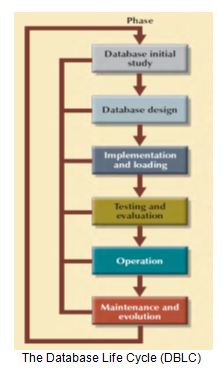Second Normal Form(2NF) in DBMS
A table is said to be in Second Normal Form (2NF) when:
• It is in 1NF. and
• It includes no partial dependencies;
that is, no attribute is dependent on only a portion of the primary key.
(Note that it is still possible for a table in 2NF to exhibit transitive dependency; that is, the primary key may rely on one or more nonprime attributes to functionally determine other nonprime attributes, as is indicated by a functional dependence among the nonprime attributes.)
Add a comment

